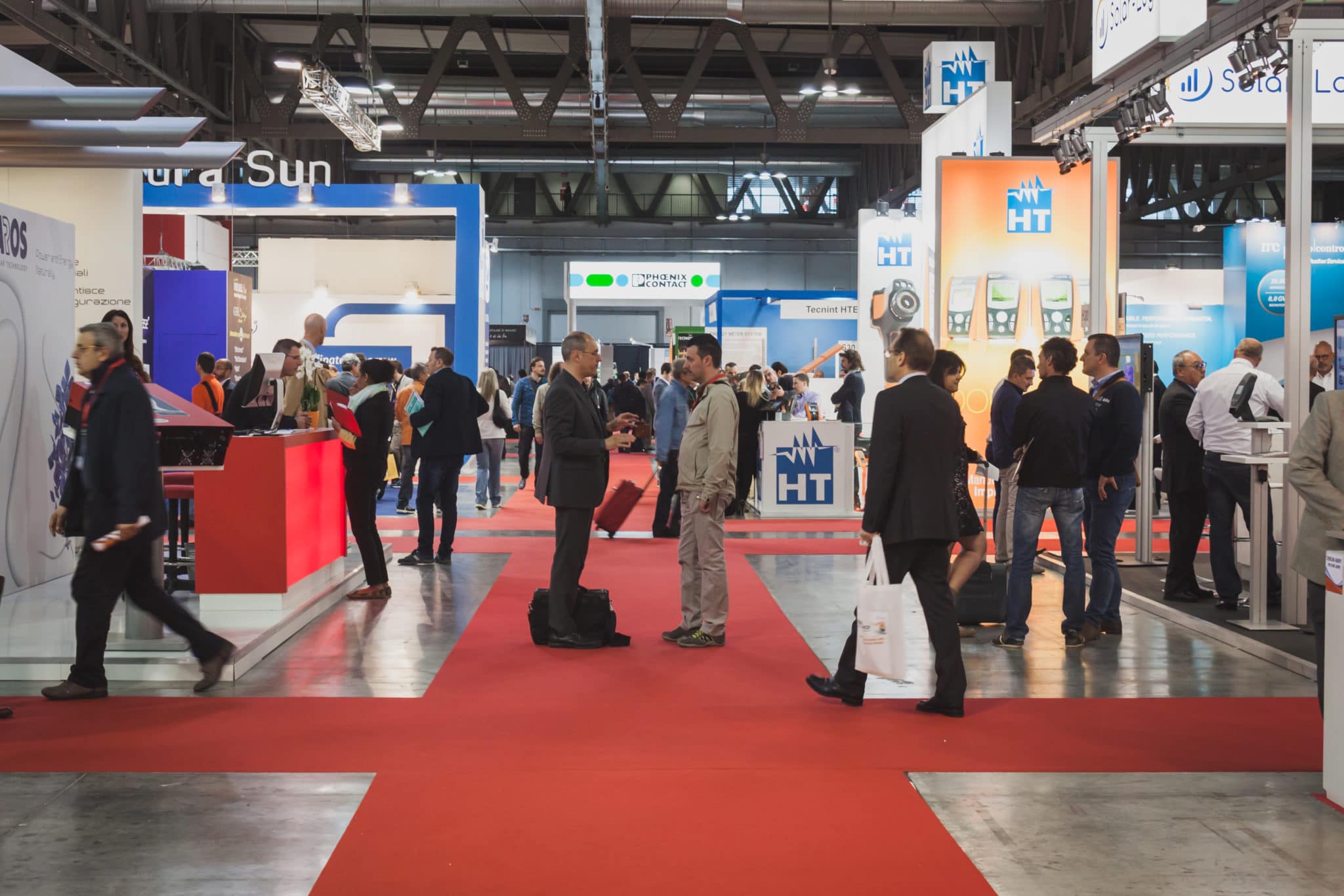The Non-Negotiable ROI: Why CPG Brands Must Attend Trade Shows and Lead with Certification

In the competitive landscape of Consumer Packaged Goods (CPG), the debate over the value of trade shows often pits the high cost of booth space against the measurable efficiency of digital marketing. While the skepticism is understandable—especially when brands attend without a clear strategy—the truth remains that trade shows are not obsolete. They are, in fact, vital hubs for spotting trends, building critical relationships, and securing distribution 1. The real question is not if a CPG brand should attend, but how they can transform their presence from a costly gamble into a high-trust, high-conversion business asset.
From Skepticism to Strategy: Maximizing Trade Show ROI
The core issue for many brands is a failure to treat the trade show as a strategic investment rather than a one-off marketing expense. A successful trade show presence is not about giving away the most samples; it is about leveraging the unique, high-value opportunity to meet qualified buyers and industry leaders face-to-face.
The key to maximizing Return on Investment (ROI) lies in a strategic pivot: transforming the booth from a generic display into a beacon of trust and quality. This is where high-value assets, such as third-party certifications, become non-negotiable.
The Certification Advantage: Cutting Through the Noise
In a crowded convention hall, a buyer spends an average of less than ten seconds assessing a booth [2]. To capture their attention and convey a message of quality and compliance instantly, brands must rely on visual, high-impact trust signals. Certifications, such as Keto Certified, provide this critical competitive edge. A certification seal is a powerful, silent salesperson. It tells the buyer that the brand is prepared to meet regulatory and quality standards, giving them the “extra confidence” needed to move forward with a deal [4].
| Certification Benefit at Trade Shows | Strategic Impact on Buyers |
| Instant Trust Signal | Immediately communicates compliance with rigorous standards, establishing credibility with qualified buyers and retailers 3. |
| Product Differentiation | Visually cuts through the noise, signaling that the product is Keto Certified and not just “keto-friendly,” which is crucial in a market where many products are largely undifferentiated. |
| Streamlined Conversations | Shifts the focus of the conversation from justifying product claims to discussing distribution and partnership opportunities. The certification has already done the heavy lifting of validation. |
| Access to New Channels | Buyers and distributors often prioritize certified products, making the seal a prerequisite for entry into certain retail programs and e-commerce filter tags [4]. |
The Call to Action: Showcase Your Verified Quality
For CPG brands, attending a trade show without prominently displaying their certifications is a missed opportunity—it is showing up to a high-stakes meeting without your credentials.
To ensure your next trade show is a success, your strategy must be built around showcasing your verified quality:
1. Design Your Booth Around the Seal: Make your certification seals a central, high-visibility element of your booth design. Use large, clear graphics that immediately communicate your commitment to quality.
2. Train Your Team on the Value: Ensure every team member can articulate the rigorous standards behind your certifications and how that translates into consumer trust and sales.
3. Target Certified Buyers: Use your certification status to pre-qualify and target buyers who are actively seeking certified products in your category.
Trade shows are vital for the CPG industry, but their value is unlocked by strategic execution. By leading with your certifications, you are not just attending a show; you are demonstrating a commitment to certified quality that secures deals and builds lasting retail partnerships. Don’t just show up—show your proof.
Use this handy tradeshow ROI calculator to determine if attending a tradeshow as a CPG brand is right for you and your business goals.
References
[1] Firebelly Marketing. Top 10 Food and Beverage Trade Shows Every CPG Brand Should Attend in 2025.
[2] Price Weber. 7 Strategies for Better Trade Show Lead Generation.
[3] Paleo Foundation. Why Get Keto Certified.
[4] Food Institute. Sealing the Deal: Certifications Become Competitive Edge for Food.